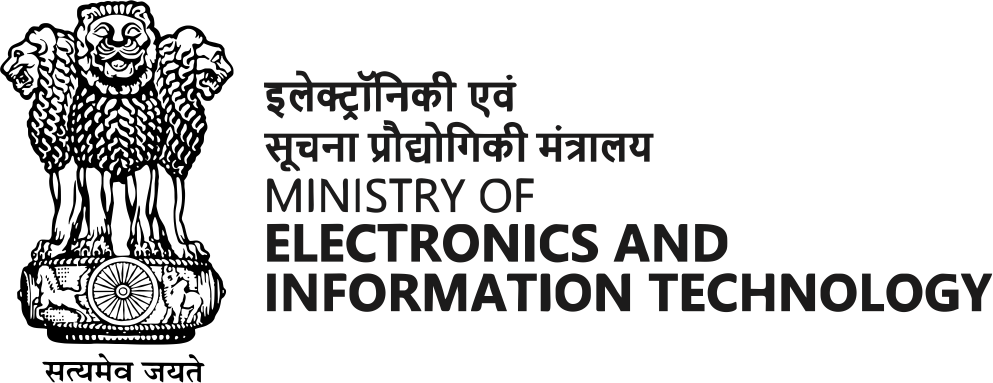Security Threats
Phishing Scam
Fake payment links are sent by fraudsters, while attempting to commit financial fraud through phishing attempt. The spoofed links sent by fraudster will look similar to authorized bank related links. The digital user will lose the amount when they click the link, that is redirected to their UPI payment app and give required permissions. The link may also infect the device with virus/malware to steal financial information stored on mobile.
QR Code scam
In this kind of scam, the fraudster attempts to cheat the gullible users by asking them to scan the QR Code or enter UPI Pin and give required permission to receive said amount. And as many users are unware that they do not need to scan the QR code to receive the amount they end becoming victims of the scam by ending up paying the said amount.
Malicious Apps
Downloading unverified apps from unsecured sources can lead to data leak or privacy breach. These malicious apps can collect sensitive personal information and access UPI app information from the device that can lead to UPI fraud. Downloading any remote screen sharing apps can also lead to the same risk
Deceptive UPI handles
Fraudsters may create false pages and screenshots with names that sound similar to real ones, and people may fall for it. It's risky to put your personal information on such sites. You can be cheated using screenshots of your UPI handles. It is wise not to upload any UPI related information on public domains.
Social engineering techniques
Fraudsters may use social engineering techniques like fake calls on various pretexts and request for UPI PIN or request users to down load screen sharing apps to gain access to Personal Information to commit financial fraud.



